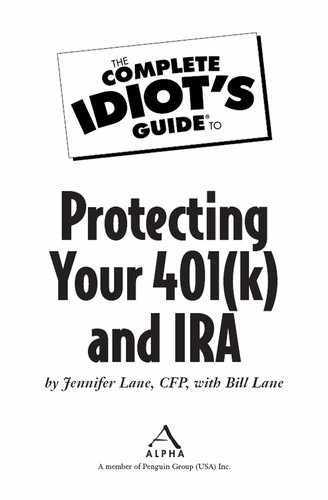Hardship Withdrawal from Your Plan at Work
The IRS gives employers guidelines on when they can allow hardship withdrawals from your 401(k), 403(b), or 457(b) plan, although they’re not required to offer the option. The withdrawal must be for, as the IRS calls it, an immediate and heavy need, and the withdrawal must be the only way to cover that need. Your employer can define the emergency as affecting you, your family, or even important people that you’re not technically related to like your partner or their children. They can put strict rules on access to hardship withdrawals and will probably require you take as much of a loan from the plan as you’re eligible for before allowing any hardship withdrawal.
Check the plan document to see how your employer operates. You’ll probably find that if you take a hardship withdrawal from your work plan, you’ll be barred from contributing to the plan for at least six months after the distribution. You can’t transfer the amount you withdraw for hardship into another retirement plan such as an IRA.
In addition to withdrawals made under a QUADRO or through the “substantially equal payments over five years” scheme for early retirees (which we explore in detail in Chapter 11), your employer can include some of the same things that are allowed for a hardship withdrawal from an IRA, plus the following circumstances:
• Funeral expenses: 401(k) withdrawal is permitted to pay for burial or funeral expenses.
• Home foreclosure: 401(k) withdrawal is permitted to prevent eviction from your home or foreclosure.
..................Content has been hidden....................
You can't read the all page of ebook, please click here login for view all page.
